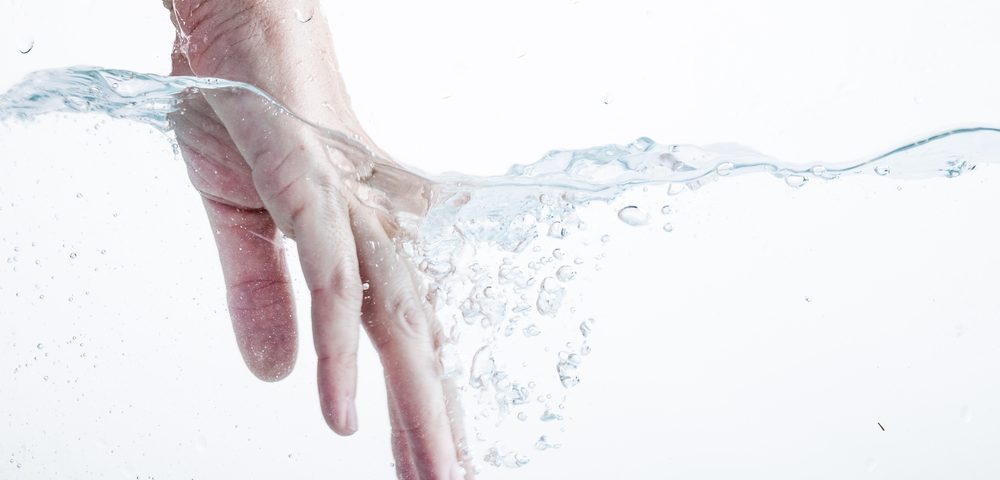Determining the temperature disparity between fingers is an effective method to assess deviations in peripheral circulation in patients with Raynaud’s syndrome, according to a new study.
The study, “Thermal Disparity between Fingers after Cold-water Immersion of Hands: A Useful Indicator of Disturbed Peripheral Circulation in Raynaud Phenomenon Patients,” was published in the journal Internal Medicine.
Researchers investigated the temperature difference between fingers in Raynaud’s syndrome patients by performing sequential measurements of the skin temperature before and after patients immersed their hands in cold water. The same procedure was followed in healthy individuals, called controls. Using an infrared thermographic analysis, researchers assessed the temperature shift in patients.
Specifically, the team measured at baseline the skin temperatures of the dorsum of all fingernail folds and the metacarpophalangeal joints (the joints between the metacarpal bones and the phalanges of the fingers).
Hands were then immersed in 10°C water for 10 seconds, and the skin temperature was measured at different time points: 0, 3, 5, 10, 15, 20, and 30 minutes after immersion. The results were used to determine the mean temperature, recovery rate, and disparity (coefficient of variation) of the nail fold temperatures.
In total, 31 Raynaud’s syndrome patients and 25 healthy controls participated in the study.
Researchers observed that the baseline nail fold temperature was significantly lower in Raynaud’s patients when compared to healthy controls. Additionally, Raynaud’s patients had a lower recovery rate, lower distal-dorsal difference, and presented higher disparities in temperature than the controls.
A negative correlation (an inverse relationship between two variables, so when one variable decreases, the other increases) was detected between disparity and patients’ distal-dorsal difference. And a positive correlation was found for recovery rate and distal-dorsal difference.
Finally, researchers analyzed whether these parameters could effectively identify patients with Raynaud’s syndrome. They found that the disparity in nail fold temperature could differentiate Raynaud’s patients from healthy controls.
“In conclusion, the present findings revealed a lower nail fold temperature, lower recovery rate and lower DDD [distal-dorsal difference] in [Raynaud’s syndrome] patients compared to controls. The most novel finding was the disparity in the nail fold temperature between the fingers in the [Raynaud’s] patients,” the team wrote in the report.
“These findings suggest that the remodeling in [Raynaud’s] patients may be due to the underlying abnormal vasculature, and may result in an uneven response to thermal stimuli,” the authors wrote.
Based on the results, the authors suggest that the temperature disparity between fingers in patients with Raynaud’s syndrome can be a useful parameter to assess disturbed peripheral circulation.


